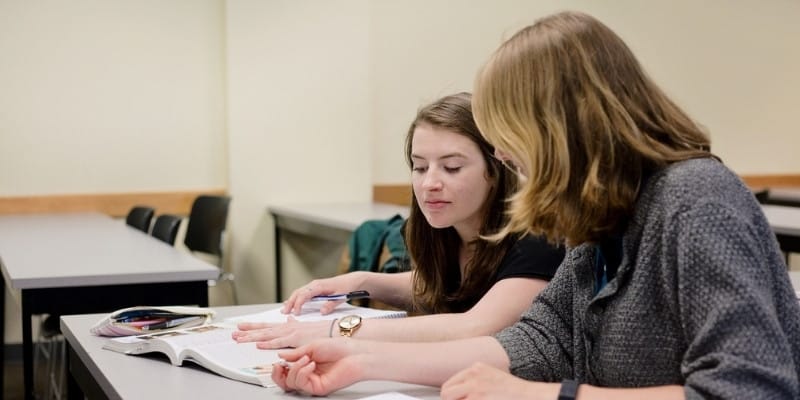In schools and educational settings, relationship-centred approaches make students feel seen, heard, and at the heart of their own learning journey. But, although many in the education sector know this is the way forward, it can be hard to cut through the noise and find practical ways to make it happen.
Positive, healthy relationships between students and staff create a truly supportive learning environment. They boost a deeper understand of each learner as an individual, helping staff recognise and prioritise their unique needs, learning styles, perspectives and goals.
A real-life example of how well this approach works is the dramatic reduction in exclusions in Scotland following a shift in policy in the early 2000’s. In 2014/15, permanent exclusions hit an all time low of just five cases.
Scotland's national guidance, "Included, Engaged and Involved Part 2," emphasises prevention, early intervention, and positive relationships, and is believed to be a major factor in reducing exclusions. The policy prioritises addressing the underlying causes of challenging behaviour and using exclusion as a last resort. This contrasts with the English model, perceived as more punitive and less supportive, which has seen high exclusion rates continue to rise.
By embedding relational, student-centred values, schools naturally adopt a strengths-based approach, building confidence and motivation. This, in turn, plays a key role in improving students’ engagement, interest and attendance.
So, practically speaking, how can educational settings start embedding relational approaches? We’ve put together a checklist of steps to help you get started. Use it to track your progress and see how far you’ve come!
What’s more, relational approaches don’t just benefit students – they support teachers, school staff, parents and families, and the wider community. Read on to learn how!
How person-centred values support: Families
Communication and participation
Educators treat families as partners in the education process, listening to their concerns and valuing their knowledge.
“Involving parents in the school community is linked to higher levels of belonging, highlighting the importance of strong home-school partnerships.” – National Children’s Bureau
How person-centred values support: School staff
Positive and productive working
Improved communication and collaboration with the pupil and their wider network help staff directly contribute to students’ successes. This can increase job satisfaction and contribute to a more inclusive school environment.
“Substantial research literature indicates that positive teacher-student relationships promote students' academic achievement.” - Xintong Li, Christi Bergin, Amanda A. Olsen, Positive teacher-student relationships may lead to better teaching
How person-centred values support: Students
Engaged and motivated learners
Pupils learn better in a learning environment tailored for their unique needs. By helping them celebrate their strengths and abilities, build healthy relationships with school staff and contribute to their learning goals, person-centred approaches help every child to flourish.
“Research links higher levels of engagement in school with improved performance… regardless of socioeconomic status” - Adena M. Klem, James P. Connell, Relationships Matter: Linking Teacher Support to Student Engagement and Achievement
How person-centred values support: The wider community
A supportive network
Person-centred approaches set students up for long-term success. Students who are engaged in school are less likely to engage in anti-social behaviour, and are more likely to go on to contribute to their communities and the economy.
“Research has demonstrated that investing time and resources into improving relationships in schools leads to community safety and cohesion in the longer term” - Behaviour in Scottish Schools Research (BISSR)
Download our checklist for a whole-school relational approach here

This RRR programme provides actionable strategies to help tackle non-attendance and exclusions by transforming school culture.





